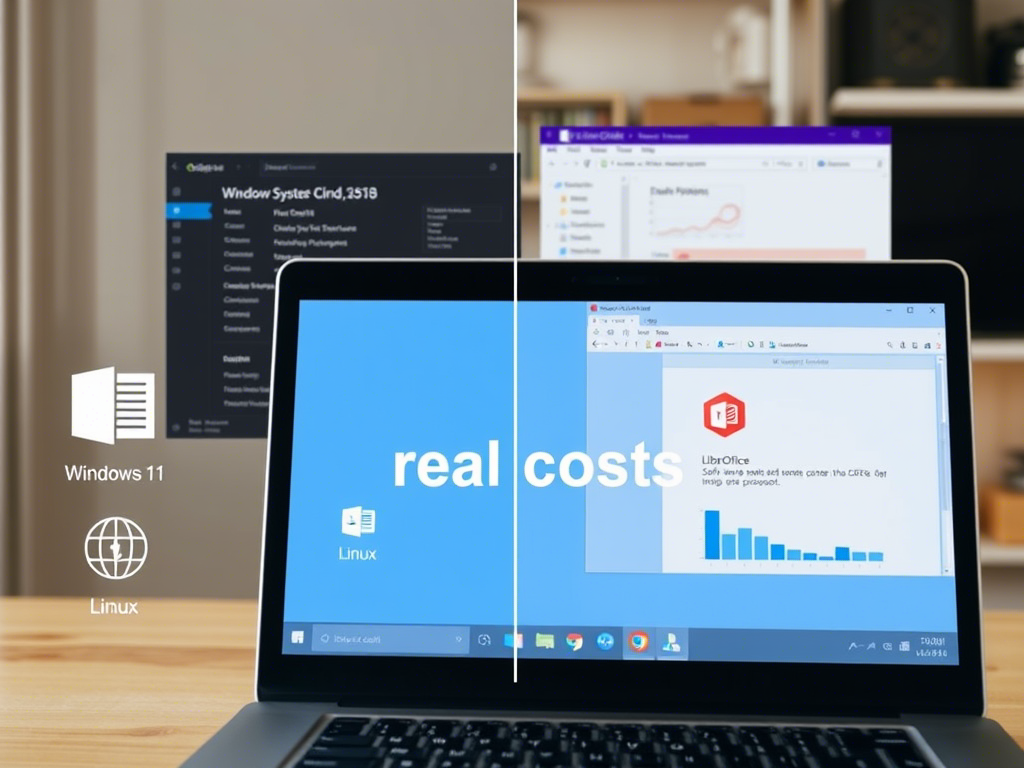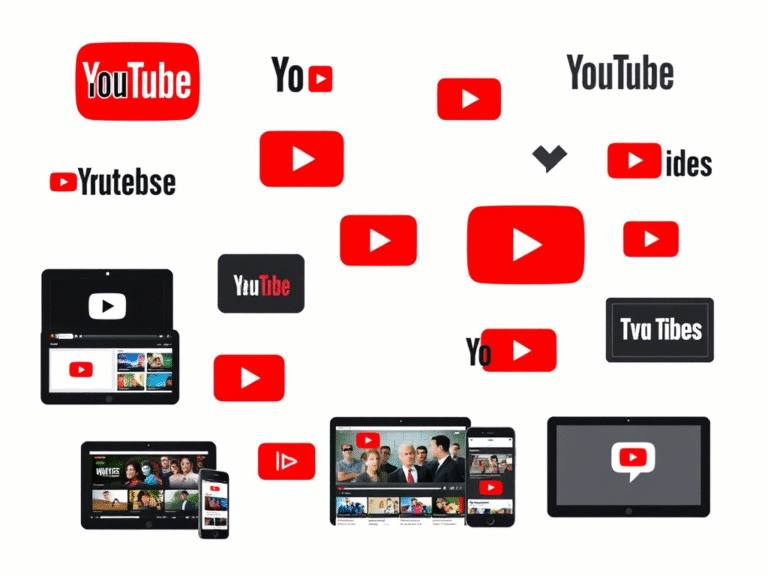
Microsoft’s Windows Strategy May Be Driving Users to Linux
Microsoft is preparing for the end of an era. After years of widespread use, Windows 10 is officially reaching its end of support , and users are being urged to upgrade to Windows 11 . In partnership with companies like AMD, ASUS, and Dell , Redmond has started pushing the message: it’s time to move on.
But there’s a catch — not all systems can run Windows 11 , at least not officially. With stricter hardware requirements like TPM 2.0 , Secure Boot, and newer firmware dependencies, millions of otherwise functional PCs may be left behind.
In response, Microsoft’s advice has been straightforward: buy a new computer .
However, for those who aren’t ready to replace their machines or pay for upgrades, there’s another path forward — switching to Linux .
🐧 A Growing Push Toward Open Source
Earlier this year, cybersecurity firm ESET recommended Linux as a viable alternative for users unable or unwilling to upgrade from Windows 10. Then, in April, the KDE community launched its “Endof10” campaign , encouraging users to consider making the switch.
The initiative highlights key advantages of moving to Linux, especially when Windows 10 becomes unsupported:
- Improved security and privacy
- Extended lifespan of older hardware
- Freedom from mandatory updates and forced cloud integration
Now, The Document Foundation , the organization behind LibreOffice , has joined the movement by publicly supporting the Endof10 campaign.
📄 Why LibreOffice Is Backing Linux
In a recent blog post, The Document Foundation emphasized that users don’t have to follow Microsoft’s upgrade path . Instead, they can choose a different route — one that offers more control, transparency, and long-term stability.
“There is a better option that puts control back in the hands of users, institutions, and public bodies: Linux and LibreOffice ,” the foundation wrote.
“Together, these two programs offer a powerful, privacy-friendly, and future-proof alternative to the Windows + Microsoft 365 ecosystem.”
They also pointed out the real costs associated with upgrading to Windows 11:
- Increased dependency on Microsoft accounts and cloud services
- Rising subscription and licensing fees
- Loss of control over data and system behavior
- Premature obsolescence of working hardware
“The end of Windows 10 does not mark the end of choice, but the beginning of a new era,” the foundation added.
“If you’re tired of mandatory updates, invasive changes, and being bound by the commercial choices of a single supplier, it’s time for a change. Linux and LibreOffice are ready — 2025 is the right year to choose digital freedom. ”
🛠️ How to Make the Switch
For users considering the transition from Windows to Linux, The Document Foundation has outlined practical steps to help ease the migration:
- Test Linux and LibreOffice first
- Try them on a second partition (for individuals) or in non-critical departments (for businesses).
- Check software compatibility
- Most office tasks can be easily adapted with minimal effort using LibreOffice and open-source tools.
- Create internal documentation and provide training
- Help your team get familiar with the new environment.
- Get professional support if needed
- Work with consultants certified by the Linux Professional Institute or The Document Foundation .
The foundation strongly advises organizations and users to start the transition now , while there’s still time to prepare before Windows 10 support ends completely.





